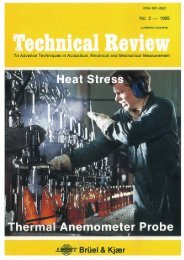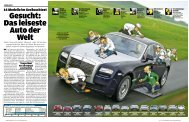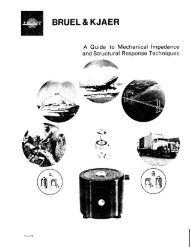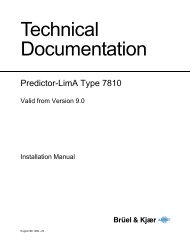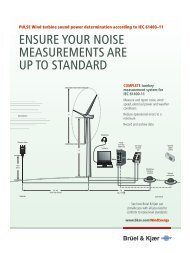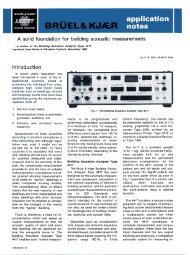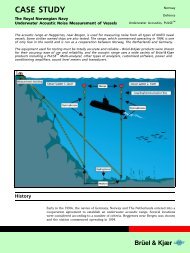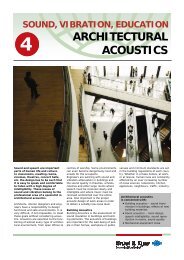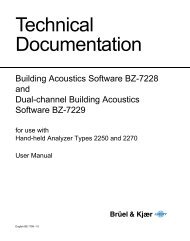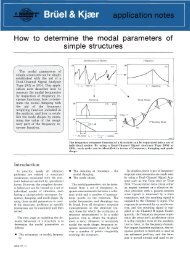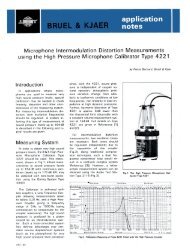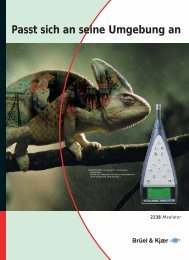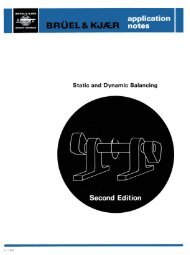Thyristors in Railway Traction How can their effects be measured?
Thyristors in Railway Traction How can their effects be measured?
Thyristors in Railway Traction How can their effects be measured?
Create successful ePaper yourself
Turn your PDF publications into a flip-book with our unique Google optimized e-Paper software.
To get an accurate and undisplaced<br />
display, the total time for which<br />
each harmonic lies with<strong>in</strong> the 3 dB<br />
passband B (which is known as the<br />
dwell time, tD) should <strong>be</strong> about four<br />
times tR:<br />
tD = approx. 4tR<br />
8<br />
=—sec;<br />
f<br />
B<br />
but tD =—7 by def<strong>in</strong>ition,<br />
therefore S =<br />
2f<br />
= sec;<br />
3S<br />
2f<br />
3tD<br />
2f f<br />
= x<br />
3 8<br />
12<br />
Duration of one sweep =<br />
n max'<br />
S<br />
12<br />
~~ n max' x f2<br />
'^ n max<br />
= __ sec.<br />
f<br />
Suppose the signal <strong>be</strong><strong>in</strong>g analyzed<br />
is the supply current from a locomotive<br />
or EMU on an AC electrified<br />
system, and the tra<strong>in</strong> is accele<br />
rat<strong>in</strong>g uniformly from rest. You <strong>can</strong><br />
Although the primary current waveforms <strong>in</strong> these two figures are very similar, the dip <strong>in</strong> the See from the diagram of the pattern<br />
11th harmonic <strong>in</strong> the upper trace <strong>in</strong>dicates that the second bridge had not quite reached full of odd harmonics generated by an<br />
conduction (i.e., phase-advance). The lower figure shows full full conduction on both bridges, ideal rectifier that as the Dhase of<br />
i.e., diode operation of the locomotive , .<br />
one thynstor bridge is advanced<br />
from 0° to 180° the harmonic amplitudes<br />
fluctuate periodically <strong>be</strong>tween<br />
zero and a maximum level dependant<br />
on harmonic num<strong>be</strong>r, n.<br />
The total num<strong>be</strong>r of complete fluctuation<br />
cycles is n/2, for each harmonic<br />
(by <strong>in</strong>spection). Thus if the<br />
tra<strong>in</strong> takes tF seconds to advance<br />
from 0° to 180°,<br />
duration of one fluctuation cycle =<br />
=<br />
2tf<br />
n<br />
11



